

|
Scooped by Robin Good |
Curate To Educate: From Online Courses to Full Learning Programs

New interesting tools make it possible to create online courses and full online learning programs, by drastically simplifying the design process while providing simple tools to curate and bring together valuable existing content already published online.
The first I'd like to bring to your attention is Classmill, which makes it very easy to create online courses by providing a very simple and intuitive interface and allowing the author to add with ease his own texts, as well as images, links and video clips coming from elsewhere on the web. Anyone can publish an online course and make it visible to everyone. Only those who register and join in can see the full contents and can participate in the integrated discussion area for the course.
The second one is Learnyst, which goes one step beyond Classmill by facilitating the creation of a full online school with multiple courses and the ability to charge for selected ones.
Both tools are extremely easy to use, and allow the assembly of existing materials, whether owned or produced by others.
This is an interesting trend as in the past most tools to deliver educational content relied on the author creating and posting only his own materials. The fact that you now can easily include valuable content published by others opens up the gates both for the curation of lots of existing content into useful learning courses as well as for the issue of whether and how to compensate curated content from others.
This economic issue though, does not preclude tons of free high-quality content to be re-used and showcased in many new free learning courses and it provides those who want to learn with even more non-commercial alternatives to master their favorite topics.
Takeaway: You are going to see more of these tools and more subject-matter experts create valuable learning resources by bringing together key relevant content produced by others while adding tangible value, perspective and context.
If you have a strong passion or expertise it's time to start thinking about building your own online school.
Check out these two tools:
- Learnyst
Other curation tools for learning moving in the same direction:
- Gibbon
- Learnist
- Educrate
More content curation tools organised in categories:
https://contentcuration.zeef.com/robin.good



 Your new post is loading...
Your new post is loading...

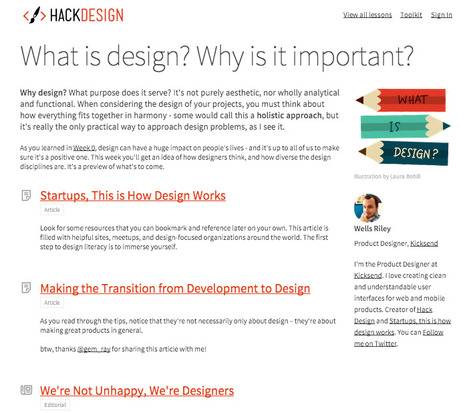






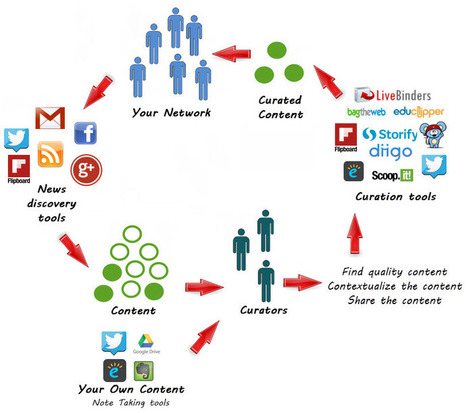


















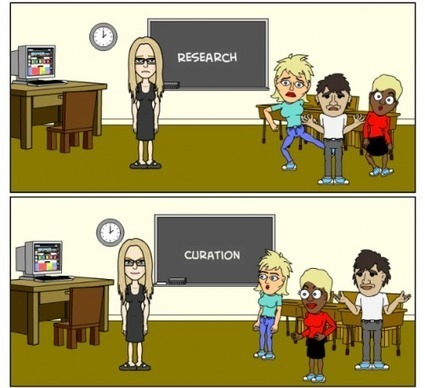


















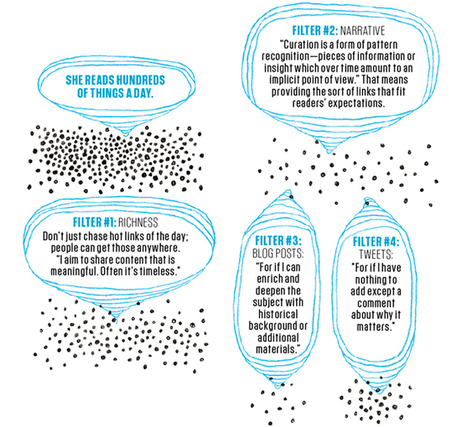


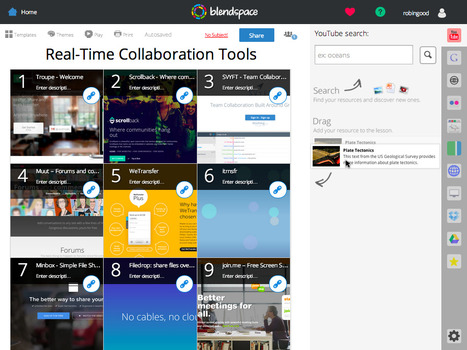

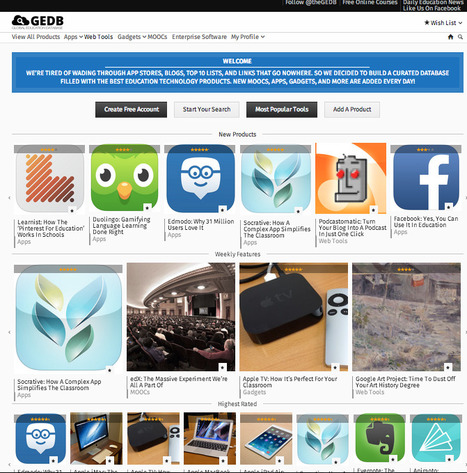


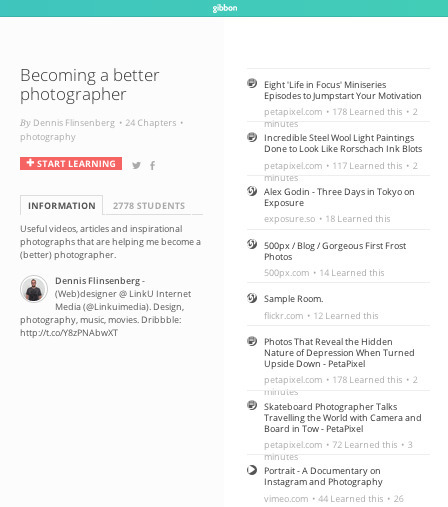











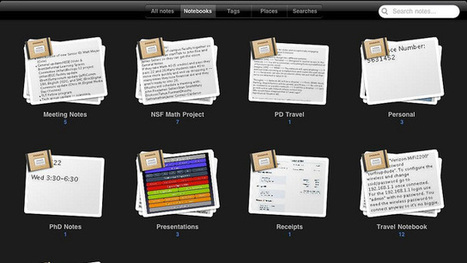






A couple of great finds from master Curator Robin Good. As he notes
"This is an interesting trend as in the past most tools to deliver educational content relied on the author creating and posting only his own materials. The fact that you can now include valuable content published by others opens up the gates both for the curation of lots of existing content into useful learning courses as well as for the issues of whether and how to compensate curated content from others"
Reading time: 5mins
New interesting tools make it possible to create online courses and full online learning programs, by drastically simplifying the design process while providing simple tools to curate and bring together valuable existing content already published online.
The first I'd like to bring to your attention is Classmill, which makes it very easy to create online courses by providing a very simple and intuitive interface and allowing the author to add with ease his own texts, as well as images, links and video clips coming from elsewhere on the web. Anyone can publish an online course and make it visible to everyone. Only those who register and join in can see the full contents and can participate in the integrated discussion area for the course.
The second one is Learnyst, which goes one step beyond Classmill by facilitating the creation of a full online school with multiple courses and the ability to charge for selected ones.
Both tools are extremely easy to use, and allow the assembly of existing materials, whether owned or produced by others.
This is an interesting trend as in the past most tools to deliver educational content relied on the author creating and posting only his own materials. The fact that you now can easily include valuable content published by others opens up the gates both for the curation of lots of existing content into useful learning courses as well as for the issue of whether and how to compensate curated content from others.
This economic issue though, does not preclude tons of free high-quality content to be re-used and showcased in many new free learning courses and it provides those who want to learn with even more non-commercial alternatives to master their favorite topics.
Takeaway: You are going to see more of these tools and more subject-matter experts create valuable learning resources by bringing together key relevant content produced by others while adding tangible value, perspective and context.
If you have a strong passion or expertise it's time to start thinking about building your own online school.
Check out these two tools:
- Learnyst
- Classmill
Other curation tools for learning moving in the same direction:
- Gibbon
- Learnist
- Educrate
More content curation tools organised in categories:
https://contentcuration.zeef.com/robin.good ;
332